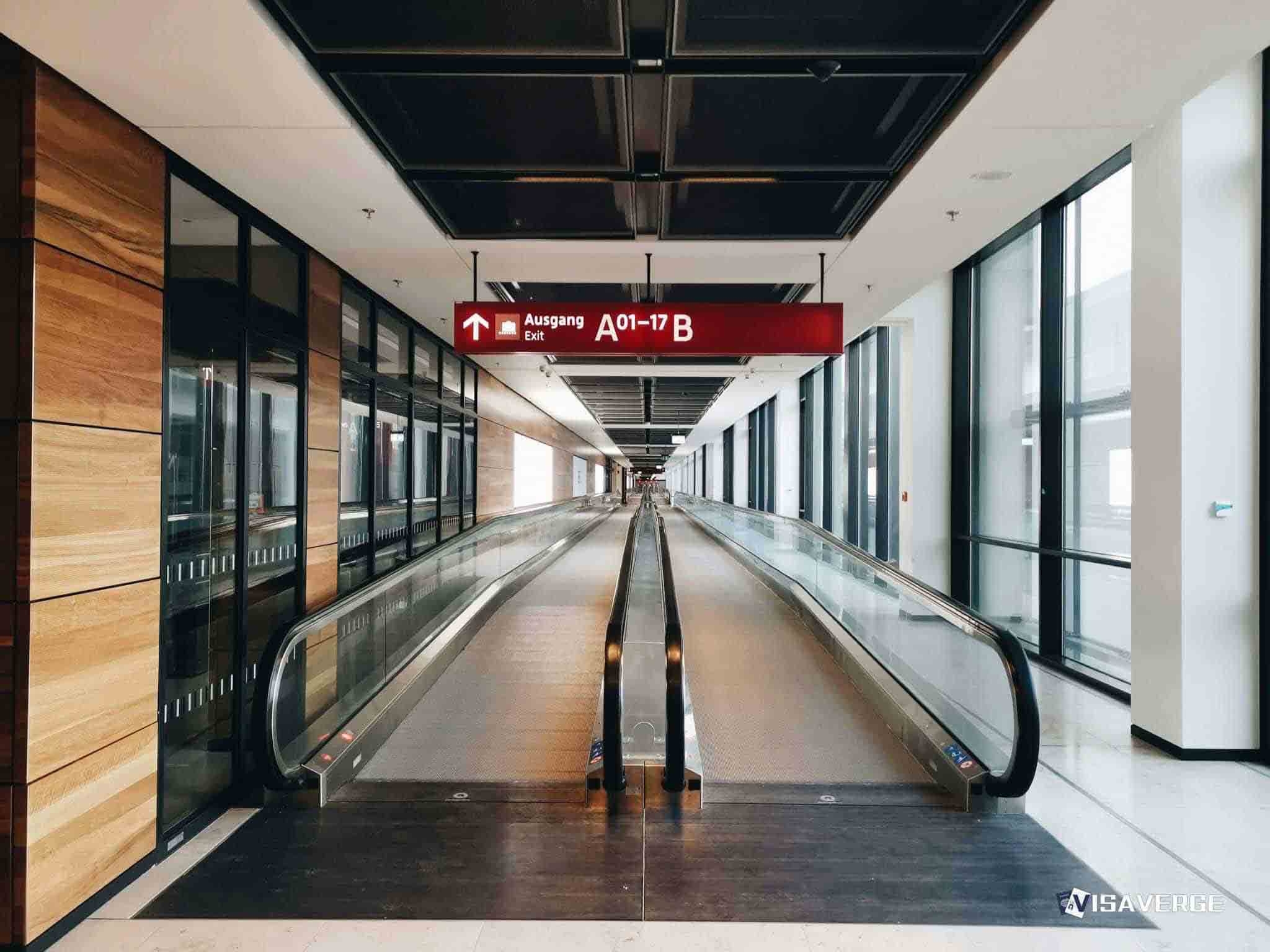(STOCKHOLM, SWEDEN) Stockholm Arlanda has become the first airport in Europe to permit curved approaches to its parallel runways using the Established on RNP (EoR) concept, a change introduced in October 2025 by airport operator Swedavia and the Swedish air navigation service provider, Luftfartsverket. The move allows more flexible arrivals, letting aircraft follow curved flight paths rather than only straight‑in approaches, with the goal of increasing capacity, cutting emissions, and easing congestion during the airport’s peak hours.
What EoR does and why it matters

Under EoR, aircraft equipped for Required Navigation Performance (RNP) can fly curved tracks that better fit Stockholm Arlanda’s airspace and traffic flows. These curved approaches often shorten the distance to touchdown and reduce time in holding patterns, so airlines burn less fuel and produce fewer emissions.
The concept is designed to:
– Increase runway throughput by enabling controllers to use both parallel runways more effectively.
– Reduce queuing and vectoring at peak times, improving punctuality.
– Lower fuel burn and emissions for arrivals on curved routes and for others who face less delay.
Operational studies cited by the project team show potential to increase arrivals from 40 to 45 per hour — an improvement of 12.5%. That extra throughput is important for an airport with concentrated peaks and a mix of fast jets and slower turboprops.
Runway geometry and tools that enable EoR
Swedavia and Luftfartsverket designed the concept around Arlanda’s two parallel runways, spaced 2,300 meters apart. That separation supports independent operations and creates room to apply these advanced arrival designs safely.
The system ties into integrated runway sequence management (iRSM), a tool that dynamically adjusts runway use and the order of arrivals and departures to make the best use of available capacity in real time.
Operational change introduced in October 2025
The EoR rollout formalizes procedures that allow pilots to become “established” on a curved RNP path and still be sequenced independently to either parallel runway. This is framed as a procedural shift, not a new runway: the capacity gain comes from smarter use of existing infrastructure as part of a broader modernization effort to increase capacity, efficiency, and environmental sustainability.
“This is a procedural shift, not a new runway,” — Swedavia and Luftfartsverket (project intent)
Requirements and regulatory setup
Airlines must meet technical and regulatory requirements to fly these procedures:
– Aircraft must be RNP-equipped.
– Operators must obtain a special permit from their National Supervisory Authority before using EoR profiles.
– Authorities will expect documented evidence of aircraft performance, crew training, and adherence to published procedures.
Luftfartsverket has positioned EoR within a safety framework designed to maintain separation and predictability while adding flexibility. For official details on air navigation services and procedure development in Sweden, see Luftfartsverket (LFV).
Benefits for stakeholders
Passengers, airlines, controllers, and local communities can all see advantages:
- Passengers
- Steadier arrival flows and fewer bottlenecks during surges.
- Improved on‑time performance and more predictable gate availability.
- Airlines
- Shorter track miles and reduced holding time → lower fuel burn and costs.
- Supports carriers’ environmental commitments (including use of sustainable aviation fuel (SAF)).
- Air traffic controllers
- Additional sequencing options that preserve safety while improving flexibility.
- Easier peak management when mixing fast jets and slower turboprops.
- Local communities
- Potential for lower emissions due to reduced holding and shorter approaches.
How the system works in practice
- Aircraft with RNP capability get authorization to fly published curved EoR profiles.
- Controllers, aided by iRSM, dynamically assign arrivals to either parallel runway to balance load.
- Curved approaches shorten route distance/time and reduce holding, shrinking queues and smoothing the arrival stream.
- Over time, daily operational data will inform refinements for different weather and traffic scenarios.
Wider context and next steps
Swedavia and Luftfartsverket introduced EoR in October 2025 as part of a long‑term plan to modernize Swedish airspace and improve Arlanda’s performance without adding runway pavement. By moving first in Europe, Stockholm Arlanda sets a model other major airports may study.
Analysts note systemic benefits: VisaVerge.com highlights that policy shifts increasing airside efficiency can ripple through the passenger journey, improving arrival punctuality and easing pressure on ground operations. Fewer late arrivals reduce knock‑on delays for connecting flights, making evening schedules more resilient.
Key takeaways
- Stockholm Arlanda’s adoption of curved approaches under Established on RNP (EoR) is a technical milestone that aims to deliver:
- More arrivals per hour (projected +12.5%),
- Fewer queues and reduced emissions,
- Improved punctuality and operational flexibility.
- The change leverages existing runway infrastructure (two parallel runways at 2,300 meters spacing) and tools such as iRSM.
- Participation requires RNP‑equipped aircraft and a special permit from the operator’s National Supervisory Authority.
- The concept provides a European test case for increasing capacity sustainably without physical runway expansion.
This Article in a Nutshell
In October 2025 Stockholm Arlanda introduced Established on RNP (EoR), allowing RNP‑equipped aircraft to fly curved approaches to its two parallel runways. Implemented by Swedavia and Luftfartsverket and supported by integrated runway sequence management (iRSM), EoR aims to increase runway throughput, reduce holding and queuing, cut fuel burn and emissions, and improve punctuality. Studies indicate arrivals could rise from 40 to 45 per hour (a 12.5% gain). The system leverages the 2,300‑meter runway separation and requires aircraft equipage, documented aircraft performance, crew training, and special permits from national authorities. The rollout provides a European test case for increasing capacity sustainably without new runway construction.













